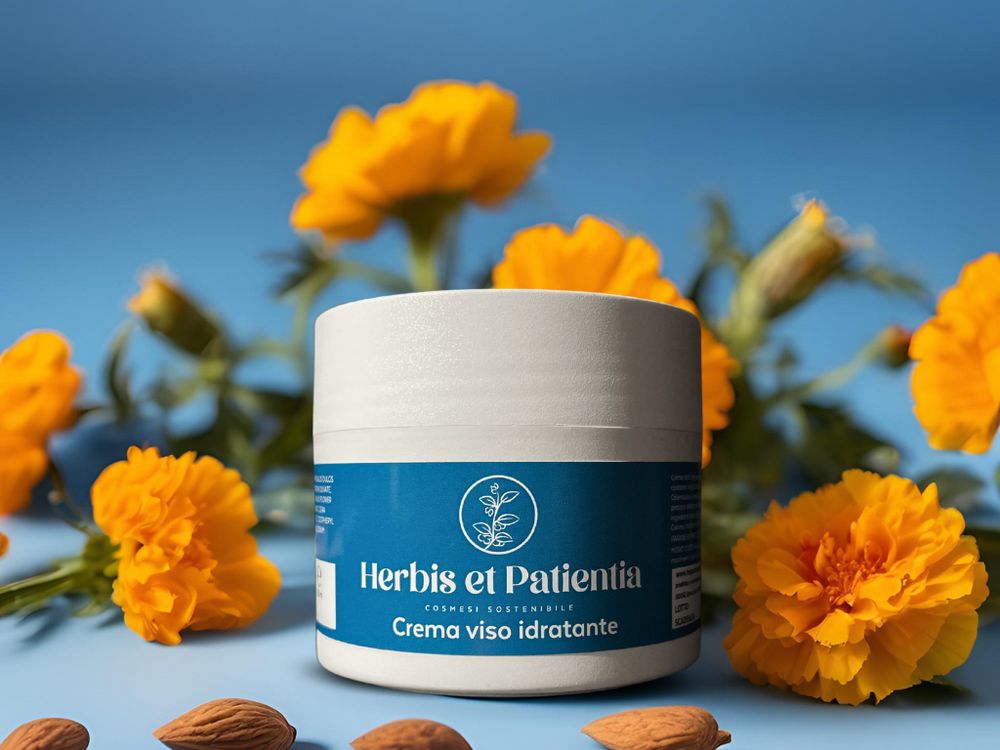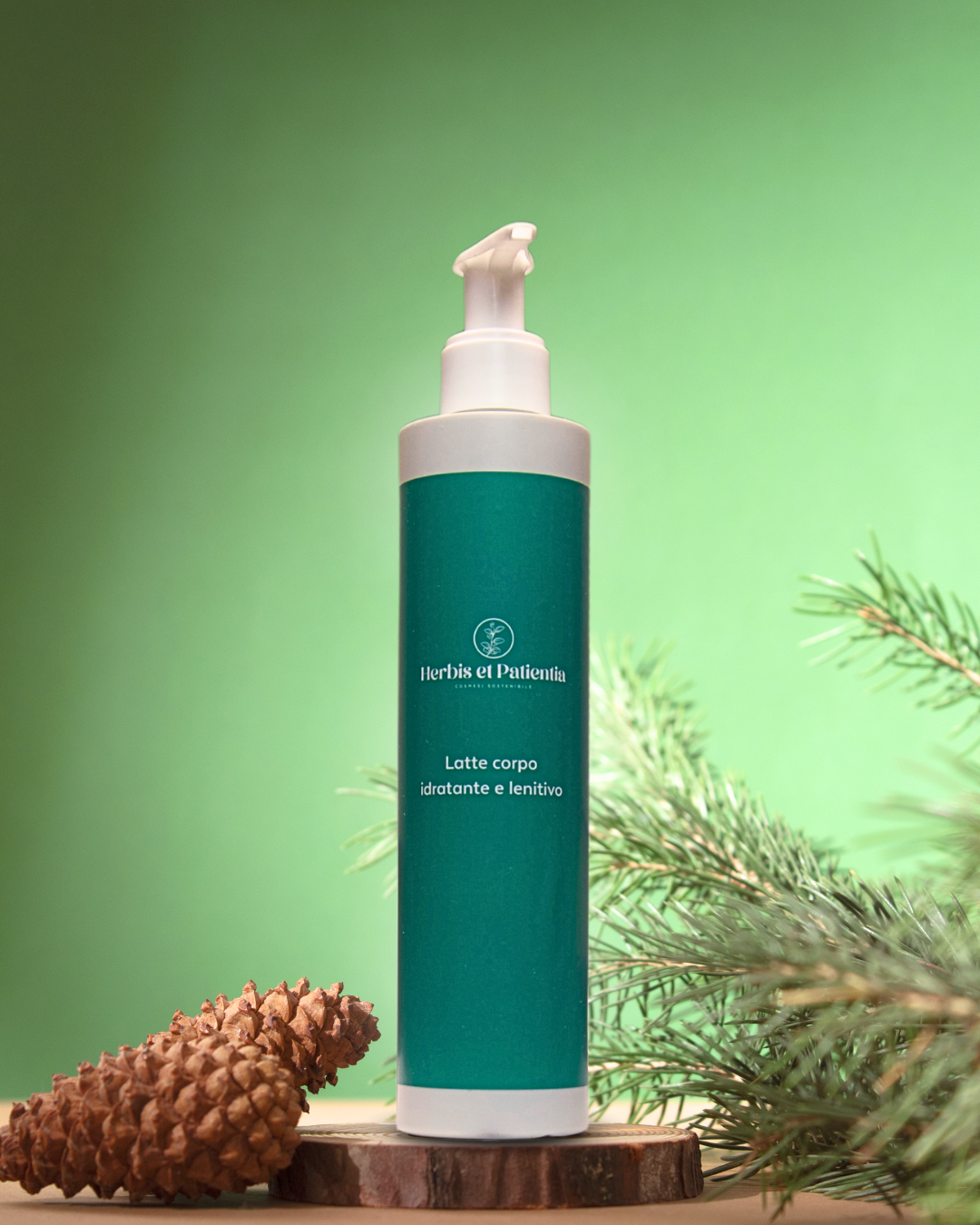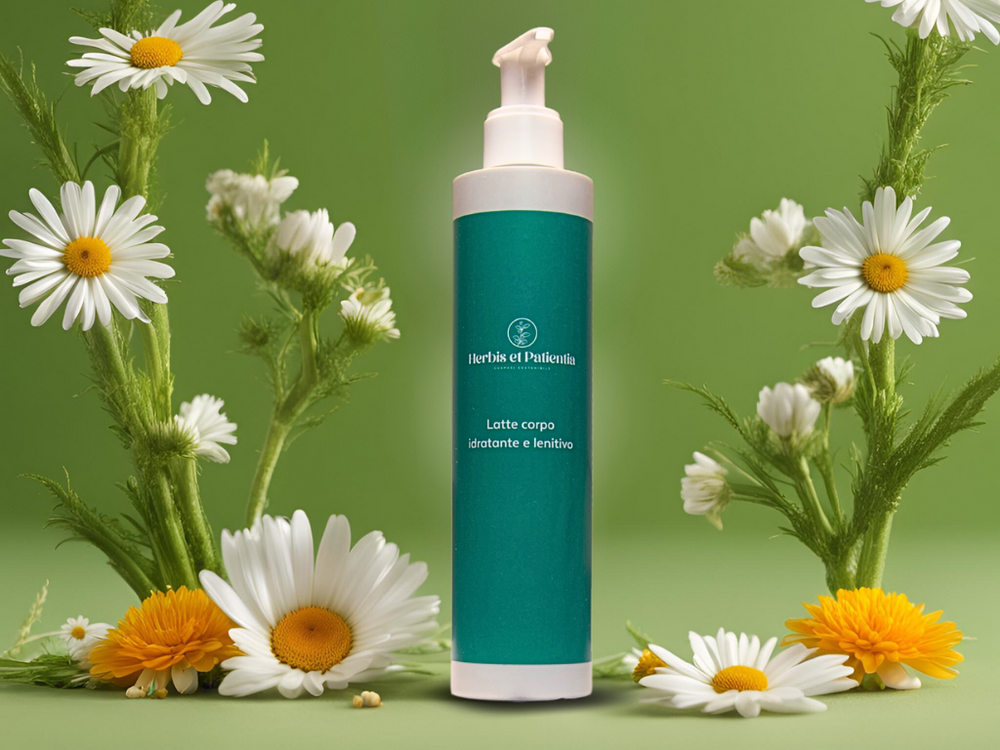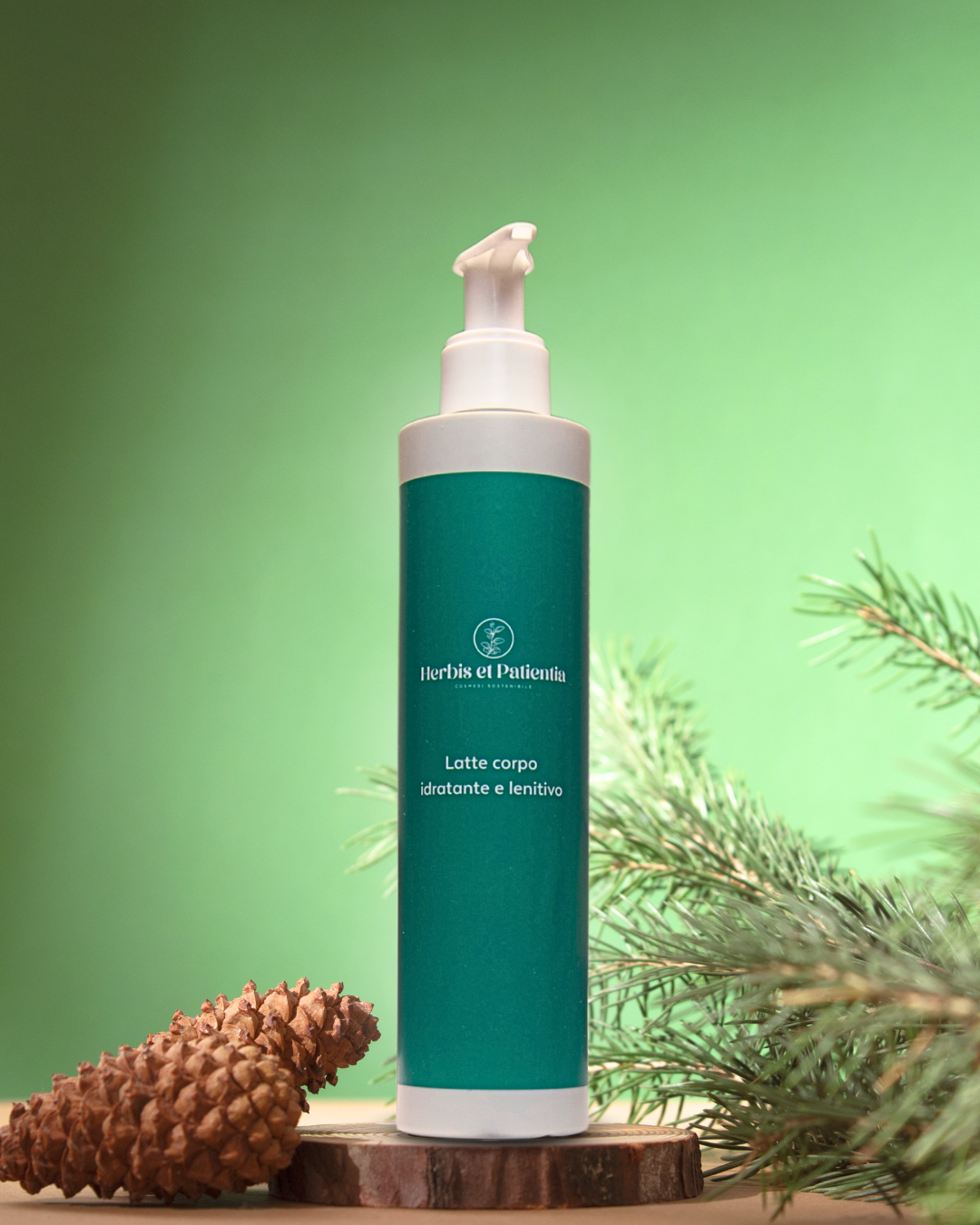What is INCI?
Have you ever looked at the label on cosmetics?
It is the cosmetic's identity card where you can find all the information, including the INCI (International Nomenclature of Cosmetic Ingredients), or the list of ingredients that make up the cosmetic, arranged in decreasing order of weight.
In first place is the ingredient present in the greatest quantity, down to the ingredients present in the lowest concentration; in the last places are the substances present in a percentage below 1%, placed in no particular order.
The presence of the INCI has been mandatory in the EU since 1997 and protects consumers who can therefore make a more informed decision whether to purchase a product.
- Plant derivatives that have not undergone treatments are indicated with their botanical name of the plant of origin in Latin;
- Plant derivatives that have undergone treatment and synthetic chemical substances are indicated in English;
- Colorants are indicated by the acronym CI (color index) and a 5-digit identification number;
- Ingredients of organic origin are marked with an asterisk.
Read the INCI
A long list of unknown names, written in microscopic characters, can make the INCI completely indecipherable for those not in the industry.
But fear not because many sites and apps come to our aid.
Some give you the option to enter the name of the ingredient in the site's search engine, others even allow you to scan the product's barcode to understand if the ingredients used are eco-bio or not.
But be careful! Check the source of the information you find carefully and only rely on what is reported on official sites or “universally” recognized as reliable. Avoid those blogs and sites that sometimes give opinions without proven experience.
It goes without saying that all cosmetic products legally distributed in our country are subjected to specific and mandatory safety assessments, but it is obvious that these cannot totally guarantee the absence of irritation and allergies, each skin is unique and has a different reaction.
Reading the INCI therefore allows us to make an informed choice about what to buy.
However, it is essential to understand that this choice goes beyond pure and simple personal well-being, because our purchasing behaviors can be a plus to support a more ethical and sustainable lifestyle, which I believe is extremely important in current times.
Using cosmetics made with ingredients that come from overseas certainly doesn’t go in this direction. Obviously, it’s impossible to trace every single ingredient back, but is it really worth using a scrub with “Oregon Sequoia Bark Powder” rather than one made with “Trentino Spruce Bark Powder”?
I will return in more detail to the topic of Life Cycle Assessment (LCA) which deserves a dedicated reflection.






